How Best Actress became the Academy Awards' greatest nail-biter
And the Oscar goes to … who knows?!

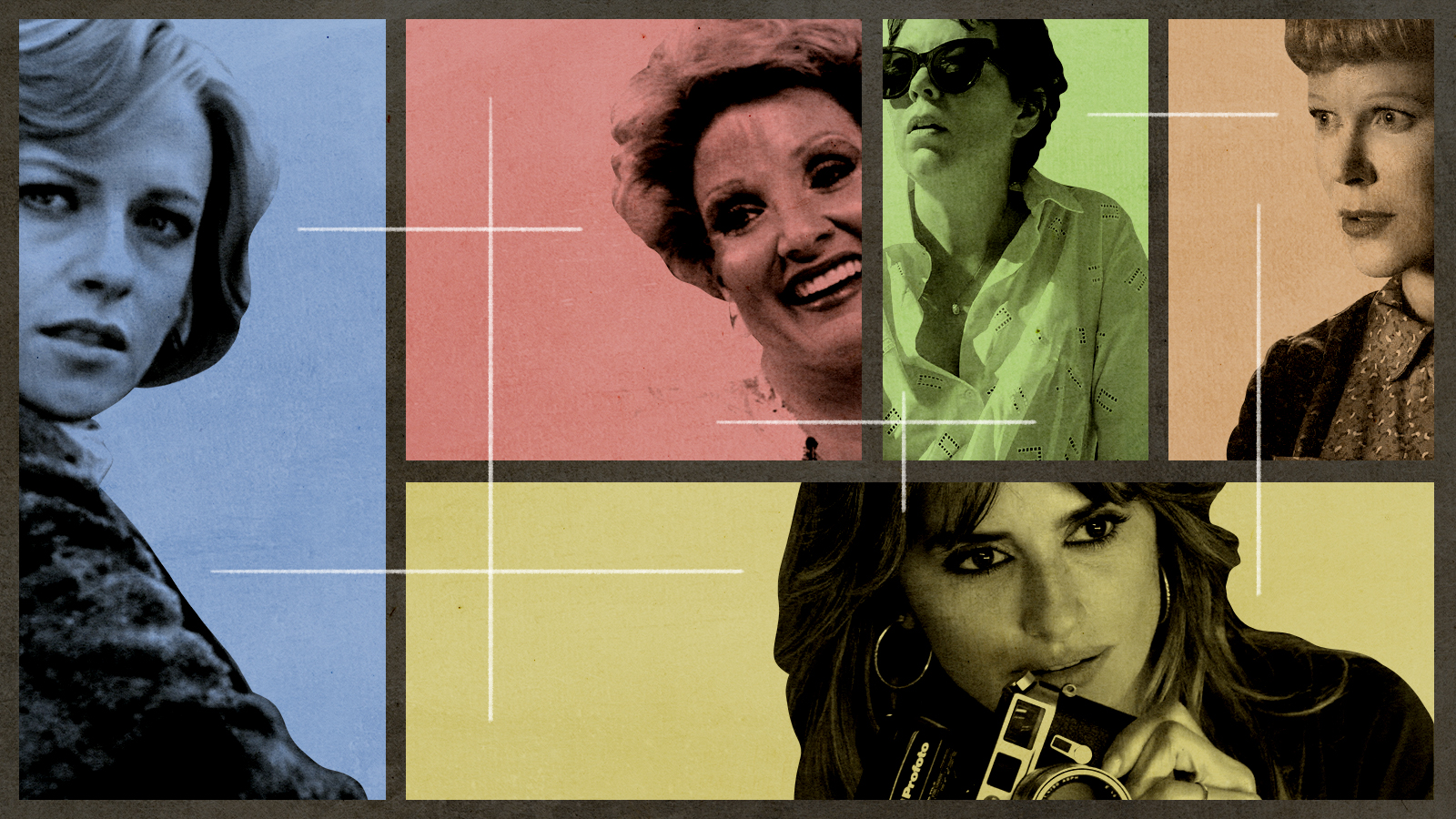
The results of this year's Academy Awards are tricky to predict, and that's especially true in the Best Actress category.
The supposed bellwethers are all over the place: Nicole Kidman won the Golden Globe for Best Actress in a Drama for Being the Ricardos. Jessica Chastain won the leading-actress Screen Actors Guild award for The Eyes of Tammy Faye. Olivia Colman won a Film Independent Spirit award for The Lost Daughter. A couple of seeming contenders, Jennifer Hudson in Respect and Lady Gaga in House of Gucci, didn't make the Oscar's final five, while Kristen Stewart's Oscar-nominated work in Spencer was left out of awards bodies like the SAGs and the BAFTAs. Penélope Cruz, for Parallel Mothers, was another relatively surprising choice that had been left off a lot of initial predictions.
That is to say, a strong case could be made for any of the nominees winning the Oscar this Sunday.
The Week
Escape your echo chamber. Get the facts behind the news, plus analysis from multiple perspectives.

Sign up for The Week's Free Newsletters
From our morning news briefing to a weekly Good News Newsletter, get the best of The Week delivered directly to your inbox.
From our morning news briefing to a weekly Good News Newsletter, get the best of The Week delivered directly to your inbox.
Though this year's Best Actress race has been unpredictable, it's also not an anomaly. A year ago, Frances McDormand winning her third Best Actress Oscar for Nomadland hardly seemed assured, with Carey Mulligan giving a showcase performance in Promising Young Woman and Viola Davis winning the SAG prize. In 2018, Colman's first win in this category (which could make her less likely to win this year — or, based on the love shown to McDormand, more!) was considered an upset of expected winner Glenn Close. Though presumptive winners still sometimes come through (think of Emma Stone or Brie Larson), the Best Actress category has, in recent years, become one of the most competitive, both in terms of who gets nominated and who eventually triumphs.
This represents a major turnaround from the early 1990s, when it often felt as if the category was stretched thin just getting to five nominees. Of course, many actresses were doing great work, but the Academy often seemed listlessly unwilling to reach out of its comfort zone. Looking back on those years, there are endless matches and re-matches between Susan Sarandon, Jodie Foster, and/or Emma Thompson, with other performers often sneaking in for relatively forgettable performances.
Look at 1992, when Michelle Pfeiffer did career-best work in Batman Returns, and was nominated instead for the wan '60s period piece Love Field (against both Sarandon and eventual winner Thompson, naturally). The category arguably reached its contemporary nadir for the films of 1994, from which the Academy plucked Jessica Lange for Blue Sky — a repeatedly delayed and barely-released movie that was inexplicably decided early on as a chance to honor Lange's impressive career. (Of course, she was up against Sarandon and Foster.)
Decades later, the field rarely looks so thin. There are still career awards for movies hardly anyone actually watches (Julianne Moore for Still Alice) and repeat awards for the Hollywood equivalent of legacy acts (Meryl Streep for The Iron Lady?!), but the nominations, at least, tend to be more competitive and eclectic — more so than Best Actor, which skews predictable (this year's likely Will Smith win for King Richard) and sometimes milquetoast (seriously, Eddie Redmayne?).
A free daily email with the biggest news stories of the day – and the best features from TheWeek.com
What's more, the Best Actress resurgence beats a number of odds that Best Actor doesn't have to face. Female performers in their 40s and beyond have to contend with any number of biases that middle-aged actors don't encounter until later (if ever) — which in turn, combined with the dearth of mid-budget prestige movies, helps to send major names like Nicole Kidman and Amy Adams over to streaming TV shows. There also remains a disparity between male-driven films and female-driven films, even if the gap has narrowed slightly in recent years.
So how did Hollywood's leading actresses collectively pull off this switch? Part of it may be the sheer volume of talent, and the number of female performers willing to take risks on movies for grown-ups rather than maintain a franchise or a star image. Sure, Being the Ricardos isn't Nicole Kidman's finest hour, but it's also not something she needed to do, with steady prestige-TV work and plenty of other film roles. Stewart has long since transcended her Twilight roots, with a run of adventurous art-house choices. And you could fill a second ballot with great performances that might have elbowed their way into a less competitive year: Alana Haim in Licorice Pizza, Renate Reinsve in The Worst Person in the World, Rachel Zegler in West Side Story, Jodie Comer in The Last Duel, and so on.
The fact that none of those actresses made it in also points to the more cynical elements at play. Actresses seem to have received Hollywood's message that the best way to receive major awards consideration is to portray a real person — someone at least mildly familiar to the general public, conferring their story with importance and the performances with a measurable degree of difficulty. This year's five Best Actress nominees, for example, include three "real" roles: Stewart (as Princess Diana), Chastain (as Tammy Faye Bakker), and Kidman (as Lucille Ball). This shortcut also holds true for male performers (the current Best Actor group also has three real-life figures), but it seems more pronounced among the women: The last year that had fewer than two real people in the Best Actress role call was 2015, and the last year with zero was 2010. Actors, by contrast, had just one real-life figure in the mix for 2019, 2017, and 2016.
This fixation on art doing a show-offy imitation of life will probably keep Best Actress competitive for years to come. But hopefully, that sustained competition won't crowd out more subtle, less conventionally awards-friendly work.
Now that the Academy no longer treats Best Actress as an also-ran, maybe its membership can better appreciate the range and depth of the performers responsible for this shift.
Jesse Hassenger's film and culture criticism has appeared in The Onion's A.V. Club, Brooklyn Magazine, and Men's Journal online, among others. He lives in Brooklyn, where he also writes fiction, edits textbooks, and helps run SportsAlcohol.com, a pop culture blog and podcast.
-
 The 8 best drama movies of 2025
The 8 best drama movies of 2025the week recommends Nuclear war, dictatorship and the summer of 2020 highlight the most important and memorable films of 2025
-
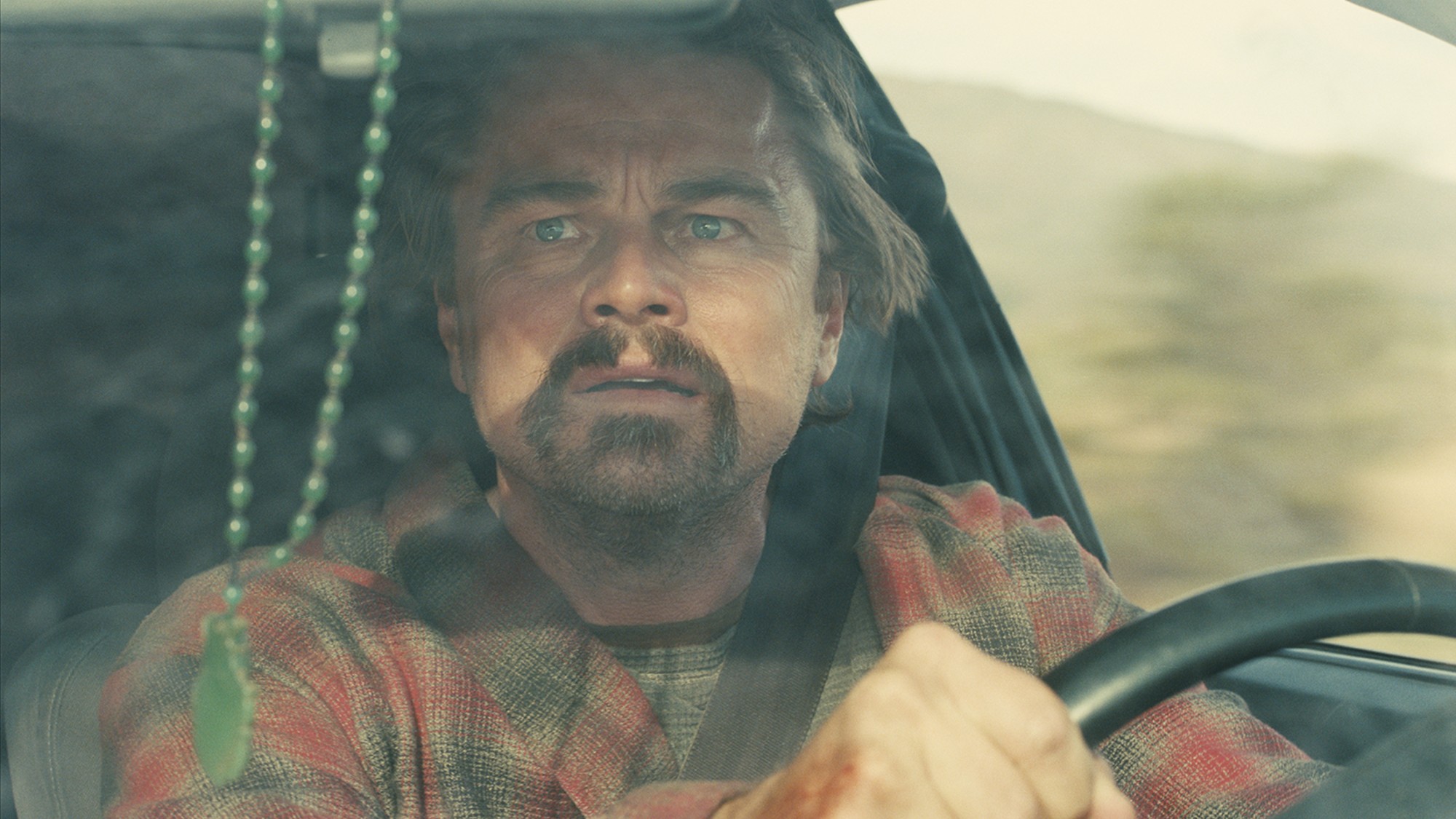 Critics’ choice: The year’s top 10 movies
Critics’ choice: The year’s top 10 moviesFeature ‘One Battle After Another’ and ‘It Was Just an Accident’ stand out
-
 Oscars jump to YouTube after decades at ABC
Oscars jump to YouTube after decades at ABCSpeed Read The awards show will be broadcast worldwide on YouTube starting in 2029
-
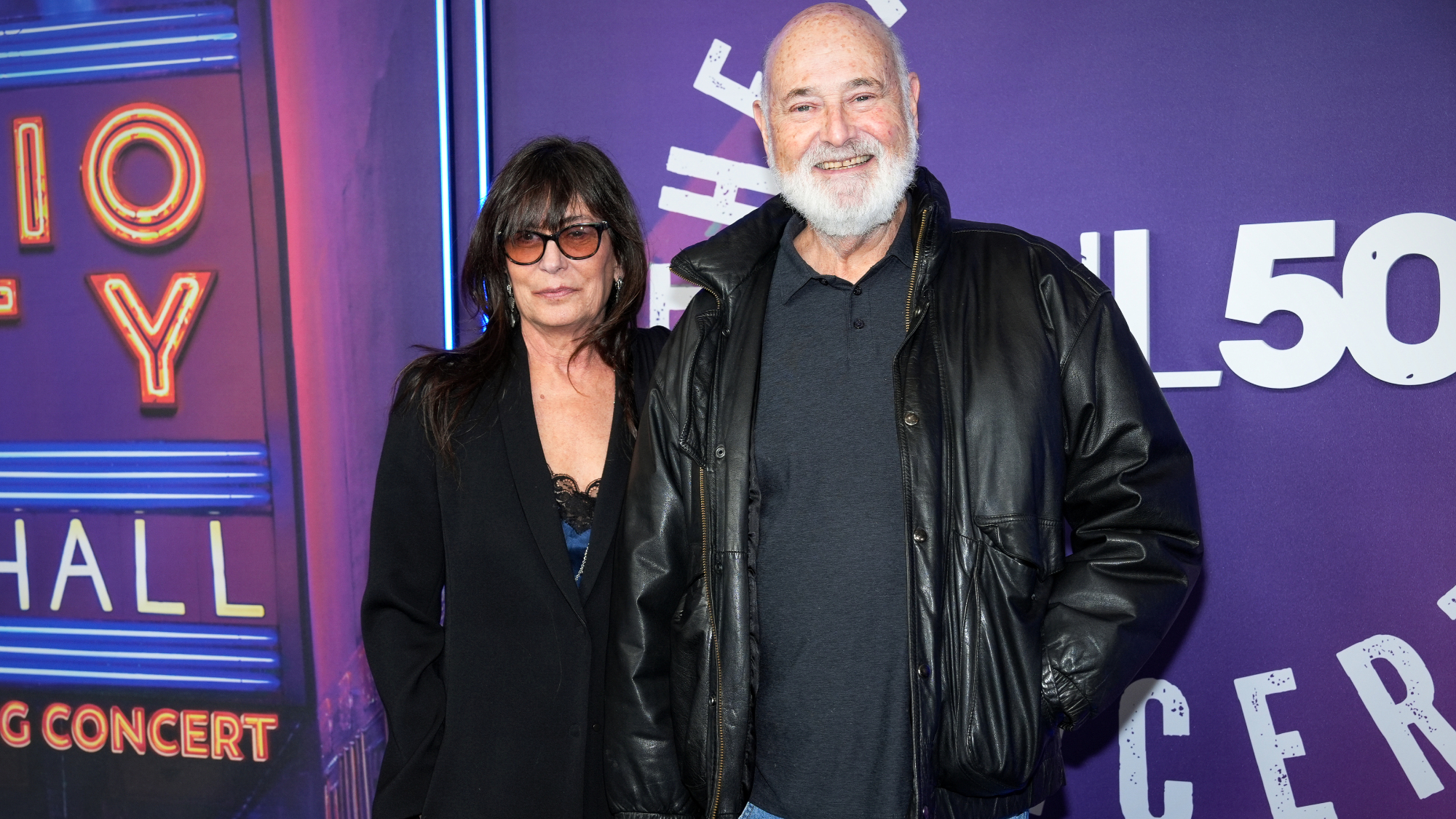 Rob Reiner, wife dead in ‘apparent homicide’
Rob Reiner, wife dead in ‘apparent homicide’speed read The Reiners, found in their Los Angeles home, ‘had injuries consistent with being stabbed’
-
 Film reviews: ‘Marty Supreme’ and ‘Is This Thing On?’
Film reviews: ‘Marty Supreme’ and ‘Is This Thing On?’Feature A born grifter chases his table tennis dreams and a dad turns to stand-up to fight off heartbreak
-
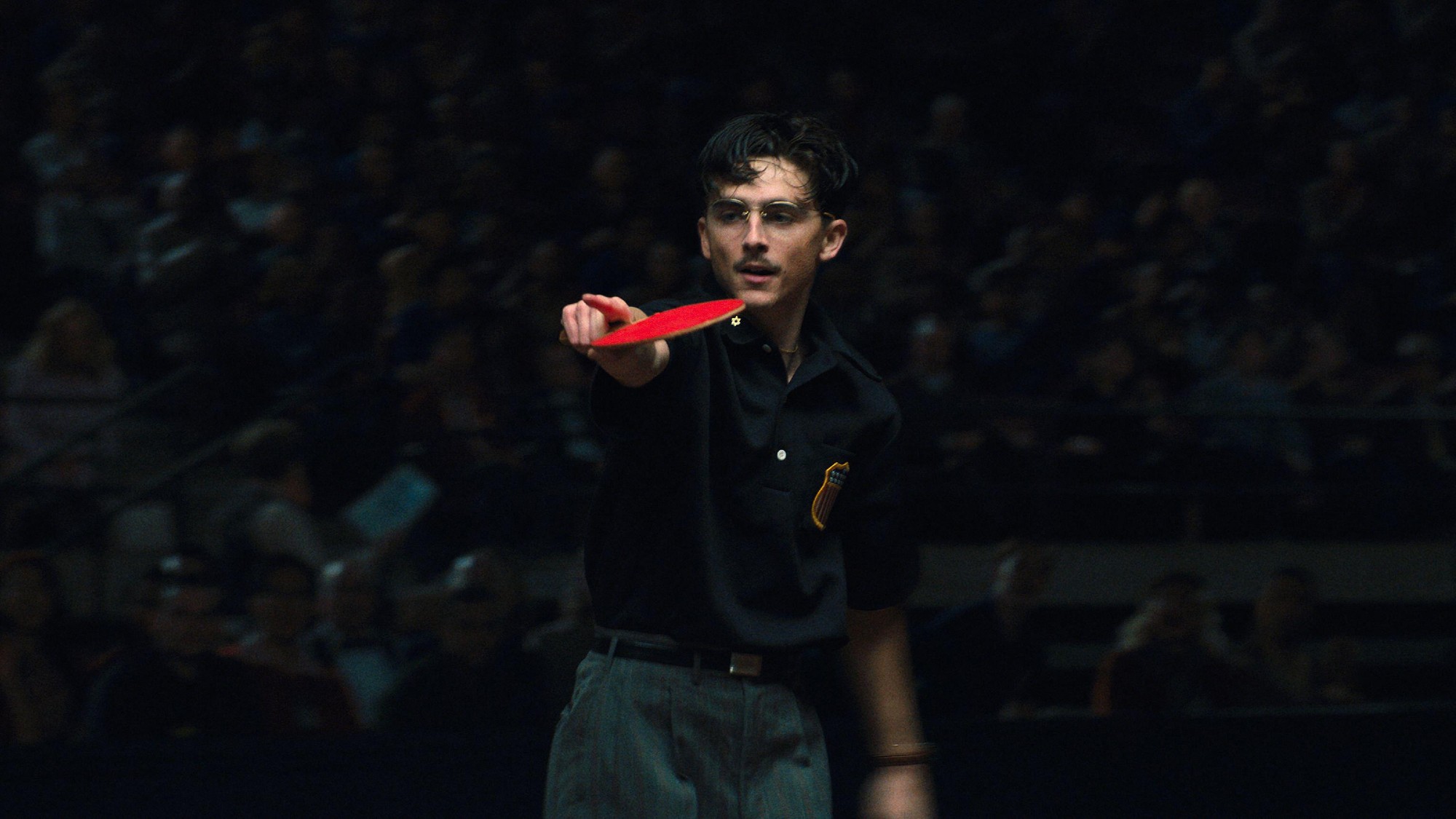 The real tragedy that inspired ‘Hamlet,’ the life of a pingpong prodigy and the third ‘Avatar’ adventure in December movies
The real tragedy that inspired ‘Hamlet,’ the life of a pingpong prodigy and the third ‘Avatar’ adventure in December moviesThe Week Recommends This month’s new releases include ‘Hamnet,’ ‘Marty Supreme’ and ‘Avatar: Fire and Ash’
-
 Film reviews: ‘The Secret Agent’ and ‘Zootopia 2’
Film reviews: ‘The Secret Agent’ and ‘Zootopia 2’Feature A Brazilian man living in a brutal era seeks answers and survival and Judy and Nick fight again for animal justice
-
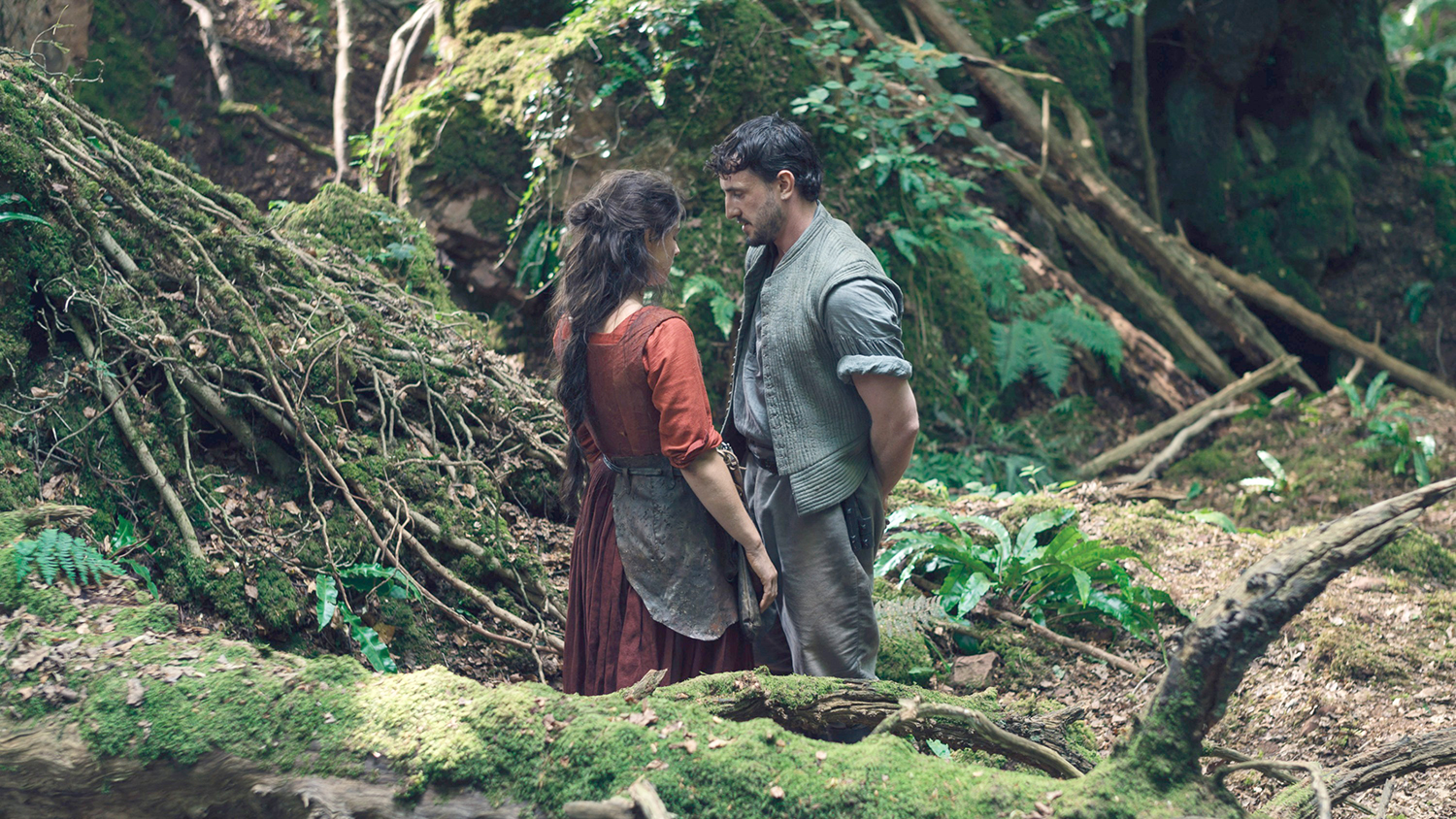 Film reviews: ‘Hamnet,’ ‘Wake Up Dead Man’ and ‘Eternity’
Film reviews: ‘Hamnet,’ ‘Wake Up Dead Man’ and ‘Eternity’Feature Grief inspires Shakespeare’s greatest play, a flamboyant sleuth heads to church and a long-married couple faces a postmortem quandary

